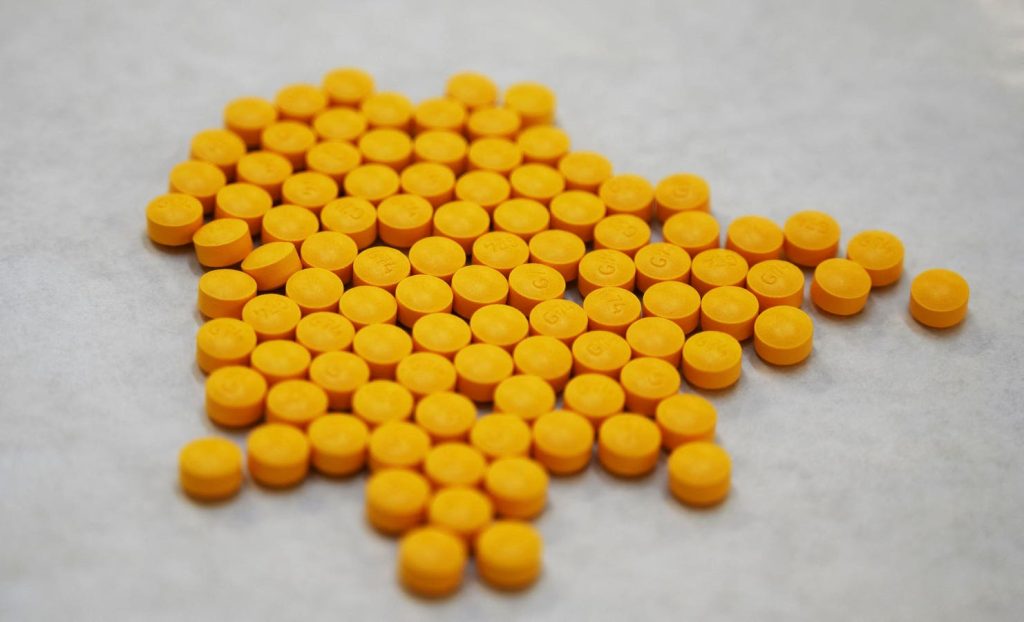A team of global experts in AI and synthetic chemistry have recently released a groundbreaking study on AI’s capability to identify numerous ways to scale the manufacturing of fentanyl while evading current DEA controls. The researchers warn that if even a small portion of this information is exploited, it could significantly exacerbate the ongoing fentanyl crisis, potentially leading to a situation reminiscent of the TV show Breaking Bad. By utilizing AI technology that has been available for decades, it is possible to discover multiple pathways for fentanyl production using easily accessible precursor materials, making the process cost-effective and efficient.
The lead author of the study, Dr. Bartosz A. Grzybowski, highlighted the urgency of alerting governmental bodies and the public about the current capabilities of AI in drug manufacturing. While the focus of the research was on drug manufacturing, Dr. Grzybowski emphasized that AI’s potential extends far beyond this area, urging stakeholders to understand both the positive and negative aspects of AI technologies. The ease and speed with which the researchers were able to develop machine-learning solutions using AI algorithms highlights the rapid advancements in this field and the potential risks associated with unchecked access to such technology.
The study also outlined key precursor chemicals required for fentanyl production, most of which can be obtained legally. This raises concerns about the Environmental Protection Agency’s ability to monitor the risks posed by the potentially hazardous byproducts and waste streams generated during the manufacturing process. Despite the DEA’s efforts to seize significant quantities of fentanyl, the war on drugs is far from over, with opioid-related deaths continuing to rise globally. The study warns that the proliferation of AI-assisted drug synthesis could lead to a surge in drug production and distribution, further exacerbating the existing crisis.
The availability of multiple drug recipes and countless supply chain pathways poses a significant challenge to law enforcement agencies trying to combat illicit drug production and distribution. AI-driven synthesis has the potential to refine fentanyl production and increase its potency, making it even more dangerous. The study highlights the historical patterns of drug trends and the devastating impact of previous drug surges, stressing the need for effective strategies to address the impending threat of AI-facilitated synthetic opioid production.
Current statistics on drug overdose deaths and the prevalence of fentanyl-laced substances demonstrate the urgent need for innovative solutions to mitigate the growing impact of the opioid crisis. AI technologies have the potential to both ameliorate and exacerbate the situation, with illicit drug manufacturers likely to leverage AI algorithms to increase production and distribution. The implications of widespread AI-assisted drug synthesis extend beyond public health concerns to potential disruptions in emergency medical services and the healthcare system at large, necessitating proactive measures to address the imminent threat.
In conclusion, the study underscores the urgent need for coordinated efforts to address the looming crisis posed by AI-assisted illicit drug production. The convergence of advanced AI technology and synthetic chemistry poses a unique challenge, requiring innovative solutions to prevent the escalation of the existing opioid crisis. As stakeholders grapple with the implications of AI technology in drug manufacturing, it is imperative to prioritize public health and safety by implementing preventive measures to combat the potential surge in drug overdoses and associated risks.


